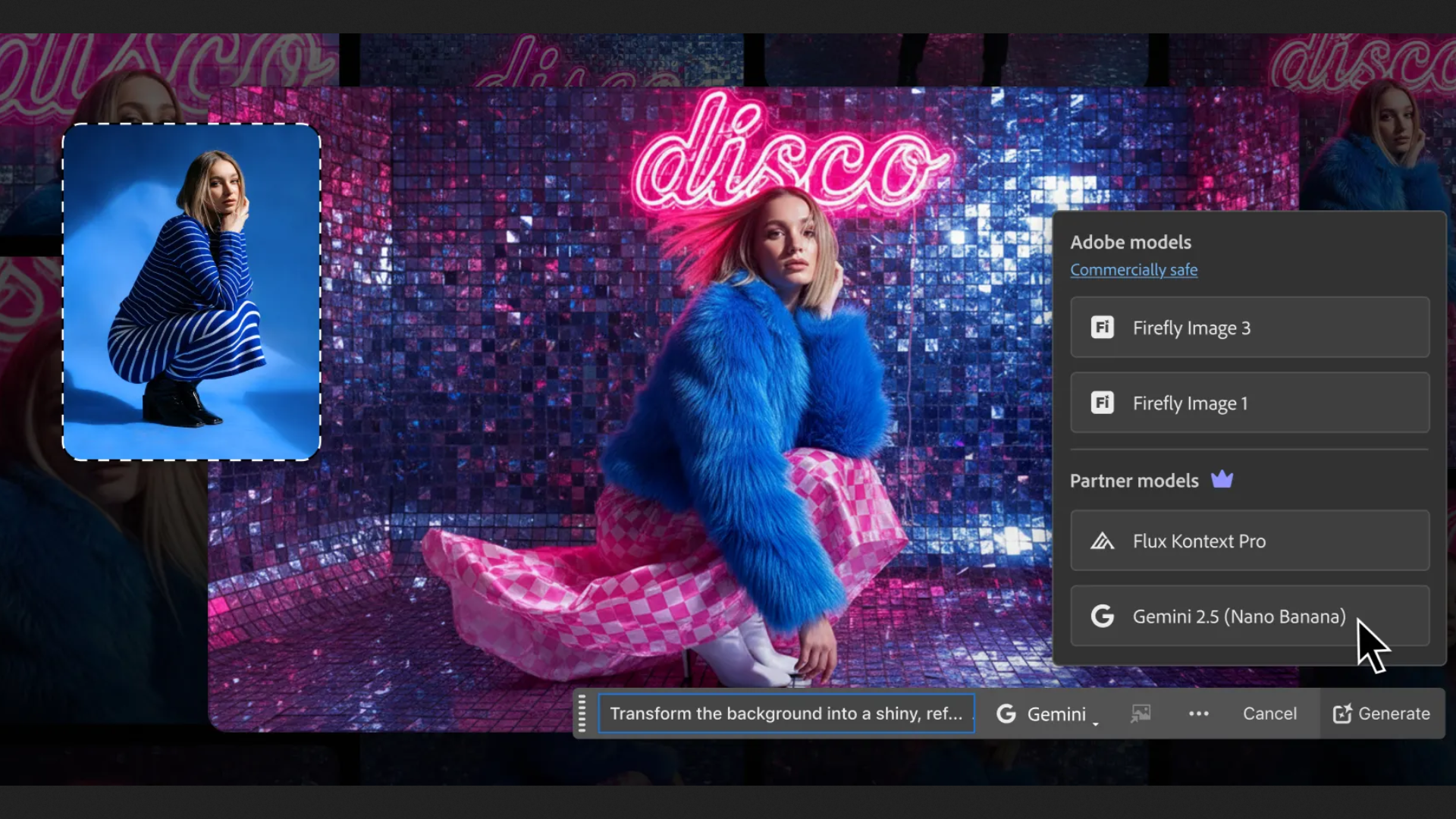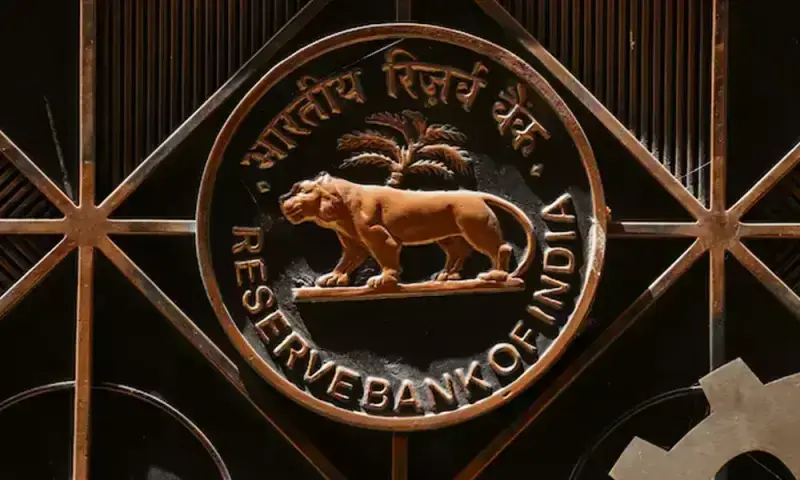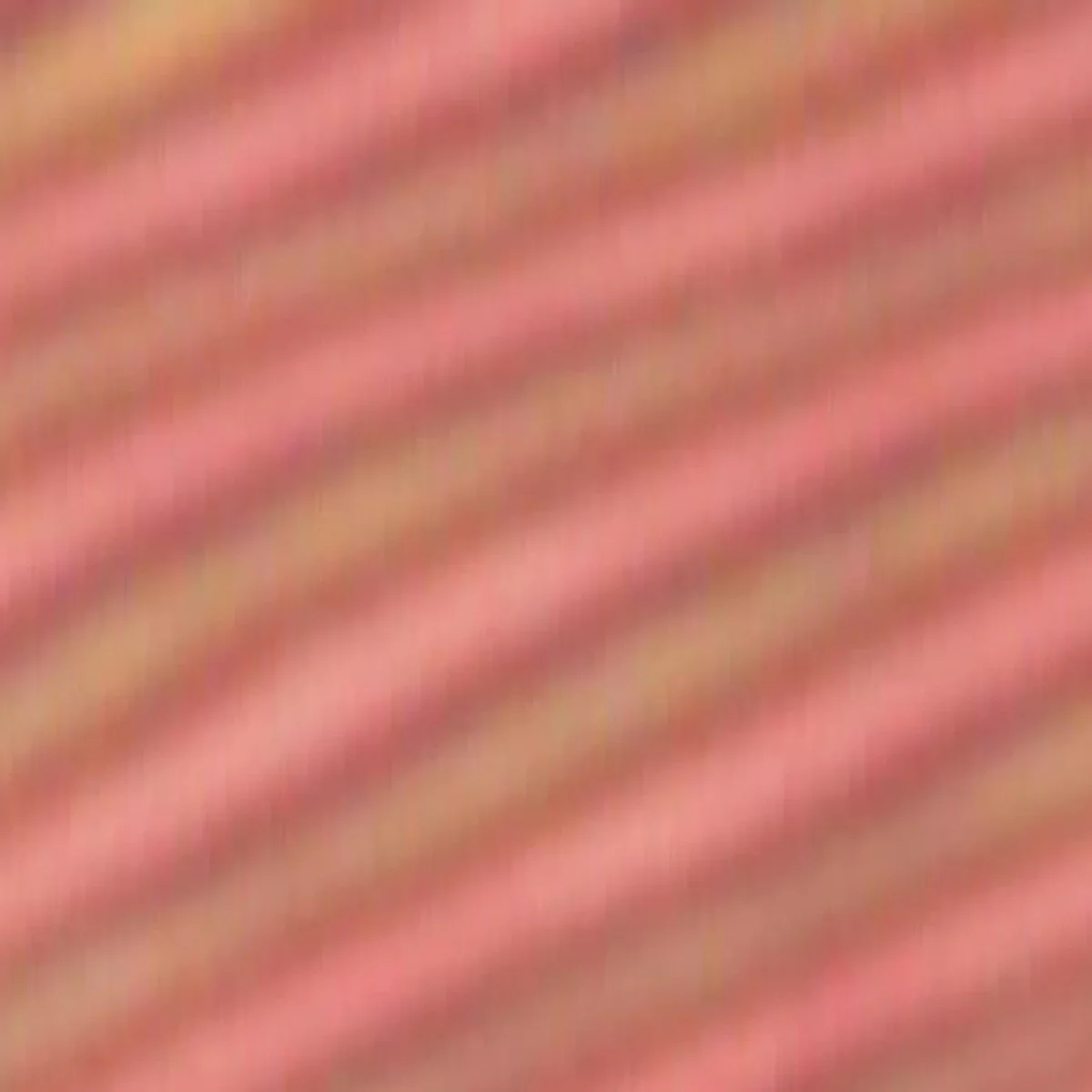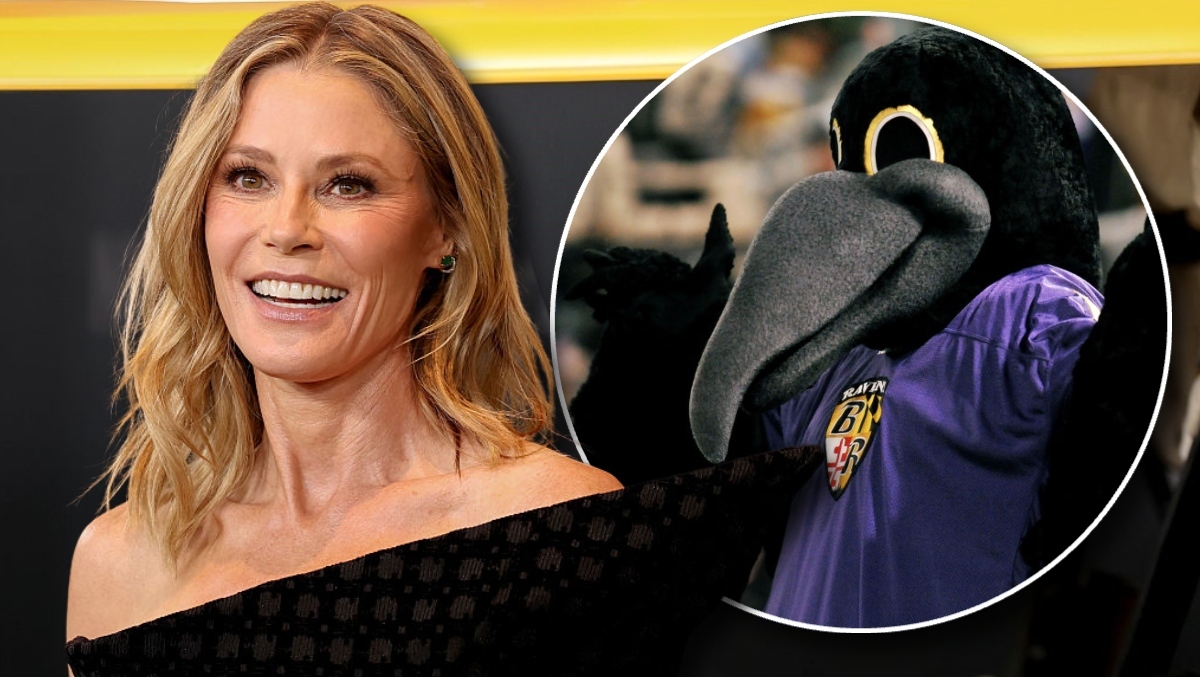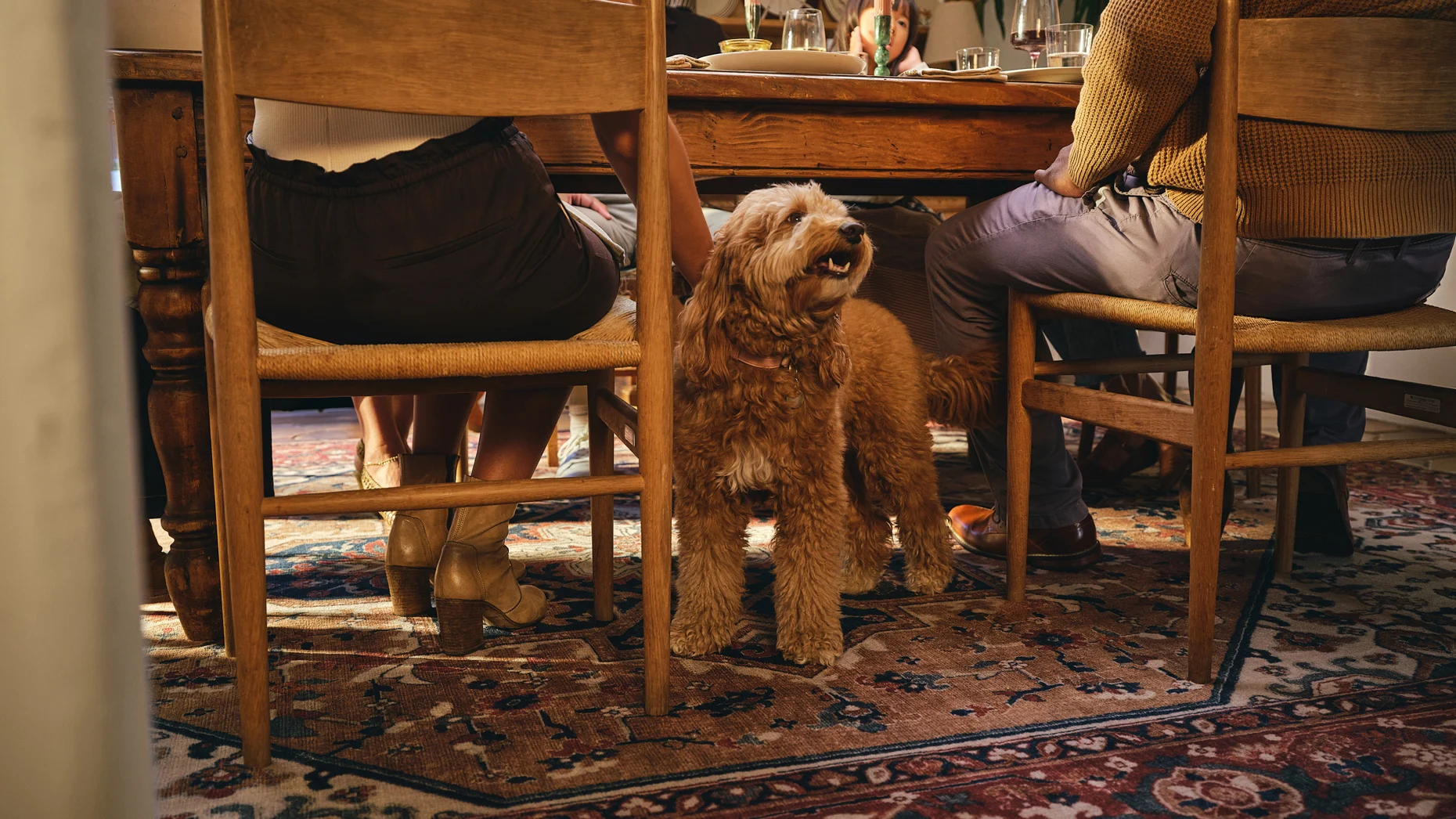
A decade ago, inventor Jeneva Bell launched a startup called Ruggable that seemed radical at the time: A rug brand with products that you could throw in your home washing machine when they got dirty.
Rugs have been a household staple for thousands of years, adding warmth and color. But wool and cotton rugs are delicate and require expert cleaning—which creates challenges for people who have toddlers, or pets, or cups of coffee that occasionally spill.
Bell knew there was another way, so she designed a rug with two parts—a base and a polyester top layer—that could be separated and cleaned in a home washing machine. She believed that if she created a product that looked and felt like a traditional rug but was easily washable she would have a massive business. And she was right: Ruggable now has nearly 1,000 employees, and its annual revenue is in the nine-figure range.
Today the company is launching its most innovative product yet. It’s called the All-in-One rug, and it doesn’t have a separate base and top layer. Instead, it looks and feels much like a traditional rug. It has a textured, cushioned feel, but it’s been carefully designed to be rolled up and washed in a home machine. The company is releasing this new design in two textures, Plush and Tufted, in four sizes, priced from $119 for runners to $1,299 for the largest size (10 feet by 14 feet).
Washability Isn’t Easy
Bell spent two years tinkering in her garage before launching Ruggable. She took apart dozens of traditional rugs to understand their structure, identifying which parts were designed to provide padding, texture, or softness. The final rug she created was a two-part set: a rug base that went on the floor, and a soft top layer made of polyester that could be removed, thrown in a household washing machine, and laundered at least 20 times without wearing out. “Jeneva effectively deconstructed the rug into its core elements,” says Nicole Otto, Ruggable’s new CEO.
The company took off quickly. And while some consumers loved the original rug system, feedback from others proved instrumental to continued innovation. The very first Ruggable rugs were very thin, with almost no pile. They added warmth to a cold floor and were useful under wheeled office chairs, but they couldn’t compete with thicker, fluffier rugs. So Ruggable’s team developed plusher, yet still washable, upper layers.
“The past decade has been all about reconstructing the rug, but doing so in a way that makes it washable,” Otto says.
The idea for an all-in-one rug came in part from customer feedback. There are some benefits to a two-part rug system, like being able to swap out the outer later seasonally. But some customers found it laborious to have to separate the outer and bottom layers every time the rug needed to be washed. “Some people also found it hard to perfectly line up the two layers or get out the air bubbles between the layers,” says Maria O’Brien, Ruggable’s VP of global design.
To design the all-in-one, Ruggable’s R&D team had to be strategic about each layer. They wanted to create a plush, cushioned feel under foot, which adds bulk. Adding a base layer to serve as a rug pad increases the size and weight of the final product. All of these factors affect washability; if the rug is too thick or rigid, it won’t fit into a home machine.
For several years, Ruggable tested different materials in its prototypes. The result is the All-in-One collection, which comes in two textures: Tufted, with a 7-millimeter pile height; and Plush, with a 14-millimeter pile height. Both are made from 100% polyester that has a waterproof barrier for stain resistance. They’re also both significantly thicker than the company’s original flat woven designs, which are just 2 millimeters high, as well as most other washable rugs on the market, which tend to be fairly thin.
advertisement
Originally, the Ruggable team wanted to create an even plusher, fluffier rug with a higher pile, but being washable was key. (Tufted All-in-One rugs up to 8 feet by 10 feet are compatible with home washers; Plush rugs up to 6 feet by 9 feet are compatible with home washers. They weigh between 10 pounds and 85 pounds, depending on size.) This outer layer is now glued to a middle layer of foam that adds a cushioned feel, and then a thin backing that is nonslip, serving as a kind of rug pad.
“When you’re designing products, you’re usually cost engineering,” O’Brien says. “But here, we were weight engineering. We needed to make sure the final product was flexible, and not too stiff, dense, or tight to fit in a washing machine.”
A big market
A decade after Ruggable’s founding, washable rugs are more common, as consumers are looking for low-maintenance home decor solutions. According to a report by analytics firm Market Intelo, the global washable rug market was valued at $6.2 billion last year, and it’s forecasted to hit $13.7 billion by 2033. While Market Intelo’s report notes that Ruggable is a standout player in the space, there’s increased competition, including Lorena Canals, Karastan, and Nourison. In fact, washable rugs are ubiquitous, available everywhere from Ikea and Walmart to Amazon.
Ruggable aims to maintain its dominance through continued innovation. To meet consumers’ varying aesthetic preferences, O’Brien says the company has been open to collaborations. It has worked with designers Iris Apfel, Jonathan Adler, and Justina Blakeney, the Netflix show Bridgerton, and Architectural Digest magazine, among others. Since Ruggable manufactures its rugs in its own factories in California and Illinois using digital printing technology, it can make rugs on demand, allowing for a wide array of offerings.
Ruggable is now trying to expand beyond its primary market of the United States. North America currently leads the washable rug market, making up 38% of global market share, but Europe and the Asia-Pacific region are now showing interest in the trend. Otto says Ruggable is investing heavily in expanding to Australia, the U.K., Germany, and France. “Having such a diverse range of styles allows us to connect with a diverse consumer base around the world,” she says. “We’re finding that wanting a rug that can be easily washed is a universal desire.”
